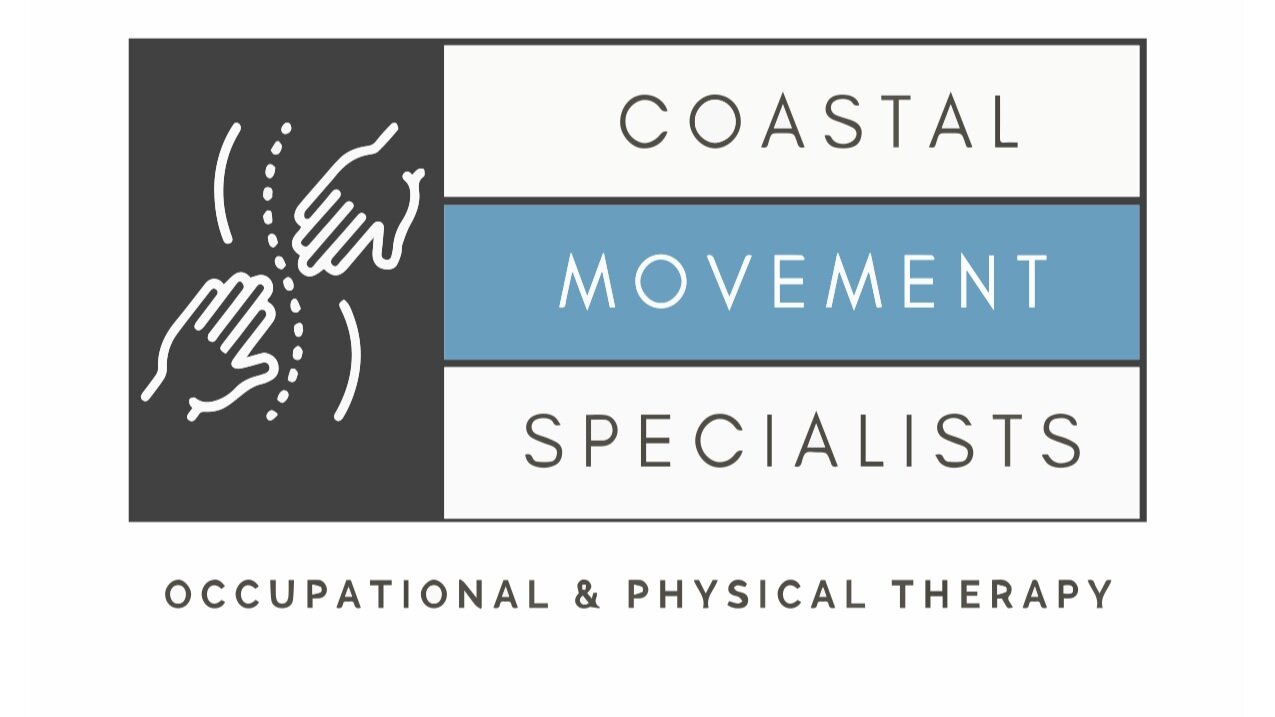What to Wear to Physical Therapy
What you wear to your physical therapy evaluation and therapy sessions can play a significant role in your treatment. Your comfort and ability to perform the exercises properly are a priority for our physical therapists because we want you to reach your goals successfully. Learn more below about what to wear and avoid wearing to enhance your time with us.
What Not To Wear To Physical Therapy
It is just as important that you know what not to wear to your physical therapy session as knowing what to wear. Wearing certain clothing items can prevent your physical therapist from using specific therapies chosen to improve your condition. Below are guidelines to help you avoid wearing the wrong clothes.
· Avoid any restrictive clothes. Physical therapy often requires movement that includes your full range of motion. You should, therefore, not wear any clothing too tight for these types of movements.
· Avoid jeans. Jeans are usually tight-fitting and made of rigid material that minimizes movement of your lower body.
· Avoid skirts and dresses. These are not made to enhance functional exercises and stretching as they can get in the way of exercises or catch on equipment. If you are going to physical therapy after a leg or hip injury, dresses and skirts may not provide coverage during some activities and stretches.
· Avoid any clothing with a tight waistband. Even items sold as fitness clothes may have a waistband that makes physical therapy uncomfortable.
· Avoid wearing flip-flops or sandals. Wearing flip-flops or sandals for extended periods can cause foot damage, such as plantar fasciitis. They also create safety issues for your therapy session.
· Avoid slip-on loafers. Your feet need adequate support for lower body movements. Slip-ons can create foot problems under any circumstances, especially physical therapy sessions.
· Avoid dress shoes. Dress shoes often have smooth, non-grip soles that are not conducive to good movement. Open-toe dress shoes also pose a potential hazard for certain exercises, especially strength training with weights.
· Avoid jewelry. It is best to remove all necklaces, bracelets, loose earrings, and rings before your appointment to prevent scratches and other injuries. These can be encumbrances to movements, and some items such as rings can damage your fingers during strength training.
· Avoid body lotions. Some physical therapies require physical manipulation of the inured area. Lotions can hinder the traction necessary for effective treatment.
What to Wear To Physical Therapy
Some general guidelines for choosing proper clothing for physical therapy includes wearing clothes that are easy to move in, dressing in layers, and wearing supportive shoes. You want to allow for maximum movement in order to execute exercises properly, and dressing in layers can help for when you get warm during the activities. In addition, if you have long hair, you may consider tying it up out of your way.
Some Clothing Options to Wear
Clothes for Upper Body Physical Therapy
If you need therapy on your shoulder, make sure your therapist can get to your shoulder easily. Wearing a tank top or loose-fitting t-shirt that allows quick access and exposure of the shoulder enables examination and manipulation of the joint and surrounding tissues.
For physical therapy of your neck, your therapist needs access to your neck and your upper back. Make sure hair is secured to prevent blocking this area.
Physical therapy of the back can involve multiple therapies that include examining the entire back and shoulders. Therapies can range from strength and balance training as well as stretching. Wear loose fitting clothes that allow your therapist to access these areas and facilitate a variety of back treatments.
If your arms are to receive treatment, wear clothes that expose them instead of tight shirts such as Lycra ones that you usually wear to work out.
Clothes for Lower Body Physical Therapy
You must plan your clothing for lower body physical therapy. You will most likely experience many treatment modalities that require movement, stretching, and weight training during your sessions.
For hip therapy, your therapist may need to see your hips and back. Shorts or pants with an elastic band may facilitate this. Leggings are also a good option.
If you have a knee condition, you will need to wear shorts or loose-fitting pants. If you choose to wear pants, you may need to roll them up for therapy. Wear clothing that will allow bending of the knee and allow you to stretch and exercise the thigh and calf muscles.
You can improve physical therapy sessions targeting the feet and ankles with socks and shoes that enable you to work on balance, walking, climbing, and other movements. The physical therapists at Coastal Movement Specialists can help you choose the best shoes for your treatment.
Work With Our Physical Therapists
Our physical therapists are movement specialists that can help you prevent, treat, or rehabilitate conditions that limit an active and fulfilling lifestyle. Located on Johns Island, SC, Coastal Movement Specialists serves the entire Charleston area. Contact us today to learn more.

